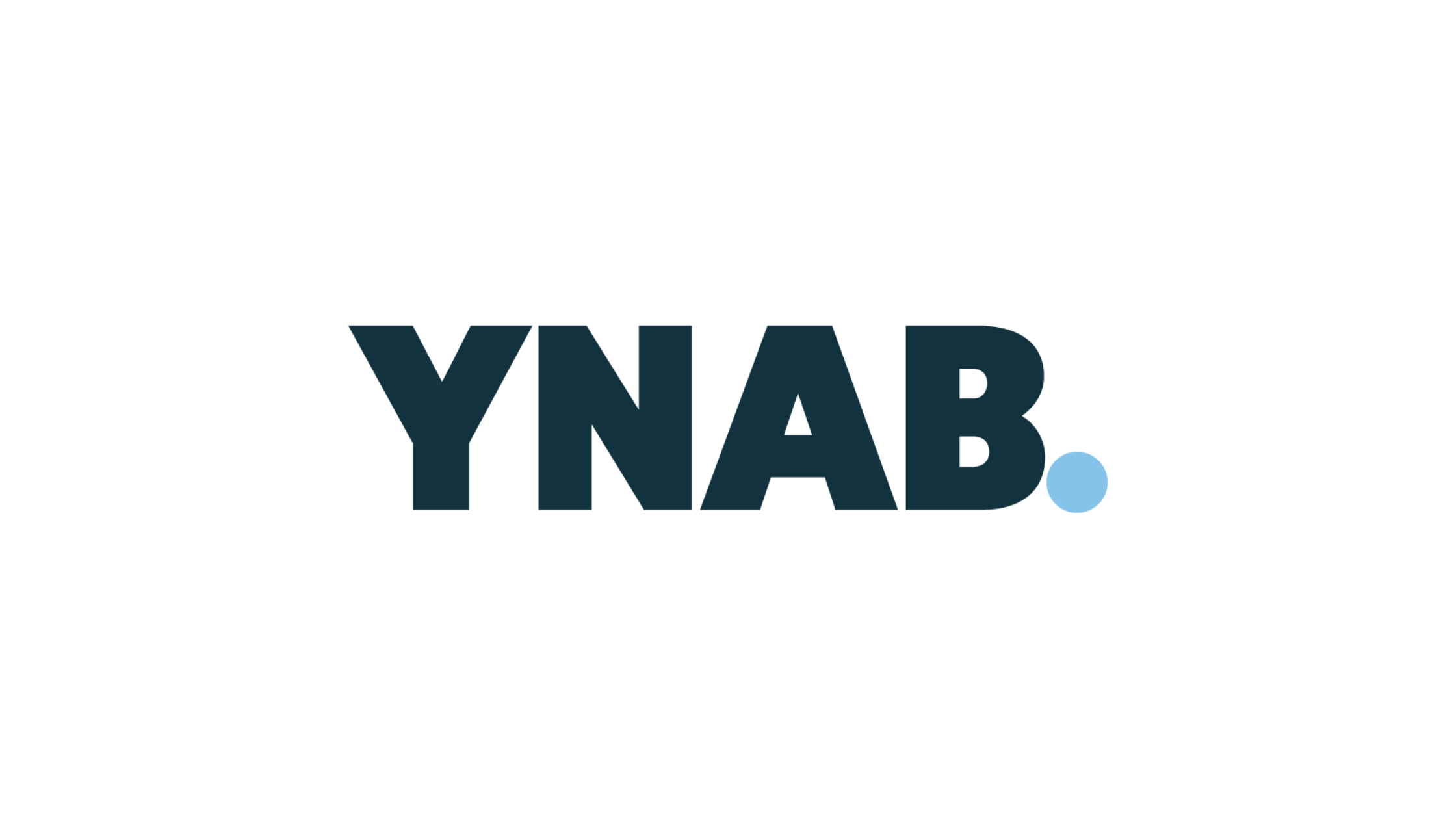Planning for college financing early is one of the smartest steps you can take to prepare for your future. Starting early gives you and your family more time to explore your options, apply for scholarships, and understand the costs. It helps you avoid surprise expenses and creates a clear path for how to pay for your education.
Don't worry, while preparing for college does require organization, the process can be manageable. By taking it step by step and using available resources, you can find the best ways to make college affordable and stress less about the financial side of things.
Understanding College Costs
Planning for college finances starts with understanding the full cost of attendance, which goes far beyond just tuition. Tuition is typically the largest expense, but you also need to account for room and board, which covers housing and meals if you live on campus, or additional living costs if you reside off-campus. Fees such as technology, athletic, or lab fees, along with the cost of supplies like textbooks, and calculators, can add up quickly.
Researching Financial Aid Options
Financial aid is designed to help make college more affordable by covering some of your expenses, and there are several types you can benefit from. Grants are free money that you don’t need to pay back, while work-study programs give you the chance to earn money by working part-time. Scholarships, which can be based on your achievements or financial need, are another great option to reduce costs.
Financial Aid Checklist for Seniors:
- Create a budget to understand how much you and your family can afford to pay.
- Fill out the FAFSA® (Free Application for Federal Student Aid) as early as possible.
- Research state aid programs and apply if available.
- Look for scholarships—start with local ones and branch out to national options.
- Check if colleges you’re applying to offer their own grants or scholarships.
- Reach out to your school counselor or a financial aid advisor for extra guidance.
- Keep track of deadlines so you don’t miss out on any opportunities.
Applying for Scholarships
Applying for scholarships is one of the best ways to help pay for college without needing to pay the money back. Scholarships come from many sources, such as private organizations, foundations, local businesses, or even your high school. The key is to start your search early because many scholarships have deadlines long before your senior year ends. By staying proactive and organized, you can find opportunities that match your achievements, interests, or background.
Checklist to Stay on Track with Scholarships:
- Start your search early—use scholarship search engines like Edvisors.
- Check with your school counselor—ask for a list of local or school-based options.
- Look into your community—local businesses, community groups, or religious organizations often offer scholarships.
- Create a scholarship calendar—document deadlines so you don’t miss out.
- Tailor each application—always read the instructions carefully and customize your essays if required.
- Tell your story—share your unique experiences and what makes you stand out.
- Proofread everything—double-check for spelling or grammar errors before submitting.
Compare Financial Aid Offers
Understanding financial aid offers is an important step in planning for college. When you receive award letters from schools, it’s up to you to compare them and figure out which one is the best fit. Not all aid is the same, grants and scholarships are free money that you don’t have to repay, but loans need to be paid back with interest. Make sure to look closely at the total cost of attending each school, not just what they’re offering now. Think about future costs, like tuition increases, to avoid surprises later.
Comparing Financial Aid Offers Checklist:
- List all your offers—gather and organize every financial aid letter you receive.
- Break it down—separate free aid (scholarships and grants) from loans.
- Calculate your out-of-pocket cost—subtract free aid from the total cost of attendance (tuition, housing, fees, etc.).
- Look at loan terms—review interest rates, repayment terms, and total loan amounts.
- Consider future expenses—check if the aid renews annually and factor in potential tuition increases.
- Use comparison tools—there are online calculators to help you weigh your options.
- Ask questions—reach out to financial aid offices if anything is unclear.
Plan for Student Loans
Student loans can be a helpful way to pay for college, but it’s important to understand how they work before you borrow. Federal student loans are a better choice because they offer more flexible repayment options. Private loans can help cover any remaining costs, they are harder to qualify for and they often have higher interest rates, so use them only if necessary. The key is to borrow only what you truly need and to know how you’ll repay the loan after graduation. Research repayment plans that fit your future budget, so you’re prepared to manage your loans responsibly.
Borrowing Student Loans Checklist:
- Be sure you understand the difference between federal and private student loans.
- Check your eligibility for federal loans first—they often have better terms.
- Calculate how much you need after financial aid, scholarships, and savings.
- Review interest rates and terms for both federal and private loans.
- Understand repayment plans—look into income-driven repayment and other options.
- Borrow only what’s necessary, keeping in mind future repayment.
- Think ahead about your potential salary to ensure repayments fit your budget.
Creating a budget for college is one of the smartest steps you can take to manage your money while in school. Start by listing all your expected expenses, like tuition, housing, meal plans, textbooks, personal items, and even social activities. Then, think about where your income will come from, this could include work-study jobs, part-time jobs, or help from your family.
Once you know your numbers, stick to your budget to avoid overspending. A good budget helps you stay organized, control your spending, and focus on your education without unnecessary financial stress. Just take it one step at a time.








